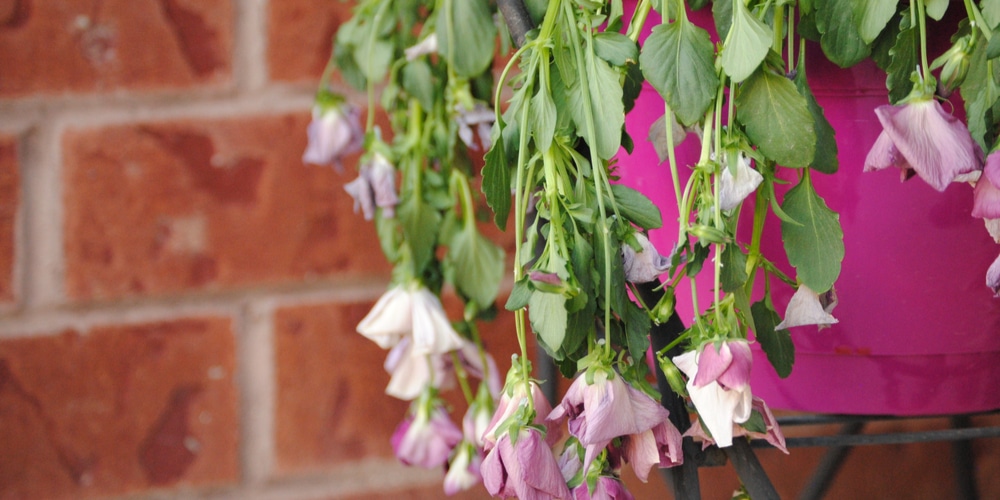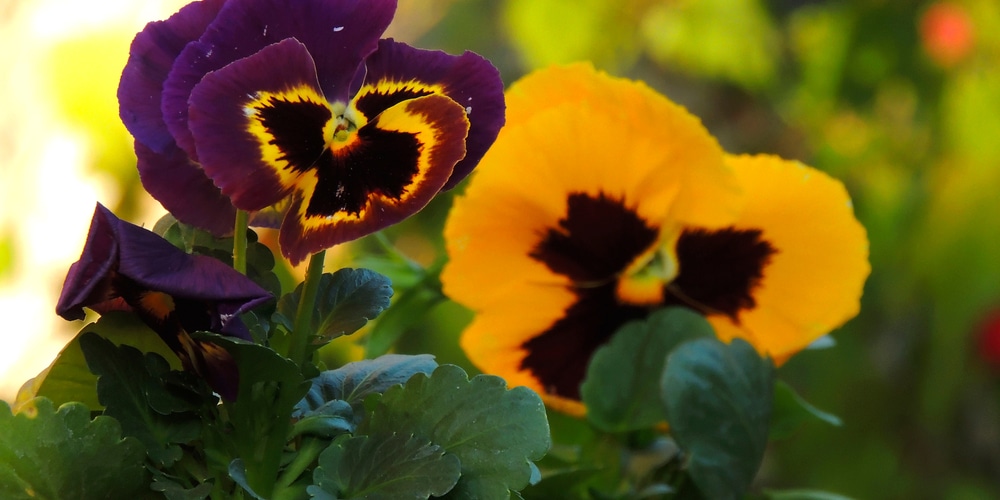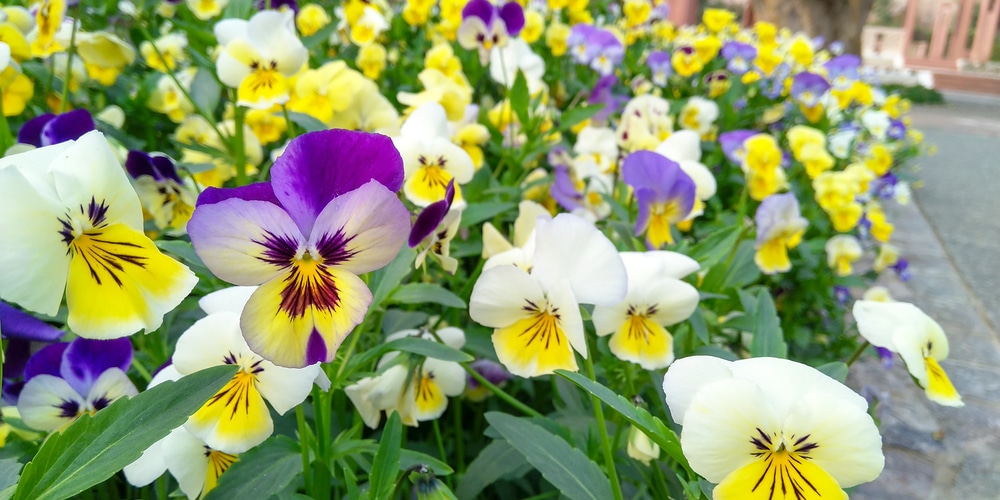Pansies are one of the most cheerful and beloved flowers. Their bright colors and bold faces make them a welcome sight in any garden. But sometimes, even the happiest pansies can start to droop.
Considering how cheerful they are, it’s no wonder that drooping pansies can be such a disappointment. But before you write them off as wilted wonders, there are a few things you should know. For starters, drooping is normal. It’s the pansy’s way of telling you that it needs a drink. And while it may seem like they’re wilting, drooping pansies are actually quite resilient. With a little TLC, you can help them bounce back in no time.
Common Reasons Why Your Pansies Are Dropping: What You Can Do To Save Them!
That said, there are a few reasons why your pansies might be drooping that have nothing to do with the weather. Here are some of the most common culprits:
Overwatering
This is one of the most common reasons for drooping plants, and it’s especially likely if you’ve been keeping your pansies on a regular watering schedule.
While they need to be watered regularly, too much water can cause the plant to become waterlogged. This could lead to the roots suffocating, and the plant itself being unable to absorb the nutrients it needs.
This can cause the leaves to be yellow and the petals to fall off. In severe cases, overwatering can even kill the plant. If you suspect that you are overwatering your pansies, take a close look at their leaves.
If they are yellow or wilted, it’s a good indication that they are not getting enough air. Another telltale sign of overwatering is if the soil is too soggy or has standing water in it. If you see any of these signs, reduce your watering schedule and allow the soil to dry out between waterings.
Poor Soil Quality and Drainage
Pansies need well-draining, fertile soil to thrive. If your pansies are planted in soil that is too heavy or doesn’t drain well, it can cause the roots to rot. This will lead to a host of problems, including drooping leaves and flowers.
If you suspect that your soil is to blame, try mixing in some organic matter or sand to improve drainage. You can also add a layer of mulch around the base of the plant to help keep the roots cool and moist.
Insect Infestation
Your pansies may be dropping due to insect infestation. Common culprits include aphids, whiteflies, and spider mites. These pests can cause your pansies to drop their leaves and flowers.
You may also notice webbing or stippling on the leaves. In severe cases, the plants may be completely defoliated. If you suspect that insects are to blame, inspect your plants closely and treat them with an appropriate insecticide.
Diseases
While it’s normal for pansies to drop their blossoms after blooming, if you notice other leaves on the plant drooping and turning yellow, it could be a sign of disease. If your pansies are wilting, inspect them for signs of powdery mildew, a common fungal disease that thrives in humid conditions.
Leaves may appear covered in a white powdery substance, and stems may be weakened. If left untreated, powdery mildew can kill your plants.
Another possible culprit is botrytis fungus, which causes brown spots on leaves and fuzzy gray mold on stems.
If you suspect your pansies have a disease, isolate them from healthy plants and dispose of any affected parts of the plant. Don’t compost them, as this can spread the disease to other plants.
You may also need to treat the soil with a fungicide to prevent the further spread of the disease.
Insufficient Light
Pansies are sunshine-loving plants and need at least six hours of sunlight per day to thrive. If they’re not getting enough light, the leaves will start to droop in an effort to conserve water.
If your pansies are surrounded by taller plants that are blocking out the sun, try trimming them back or moving your pansies to a sunny spot. If you can’t provide them with more light, consider planting another type of flower that doesn’t require as much sunlight.
Too Much Sun
It’s true that pansies love the sun, but too much of it can cause their leaves to scorch, causing them to drop their petals. As mentioned earlier, 6 hours of sunlight is ideal, but more than that can be too much.
If you live in an area with very hot summers, it’s best to plant your pansies in a spot that gets some afternoon shade.
This will help protect them from the harsh midday sun and prevent their leaves from burning.
Underwatering
While overwatering is more common than underwatering, this, too, can pose real problems and may cause your pansies to drop their leaves and flowers. If the soil is too dry, it will cause the plant to wilt as it tries to conserve water. The leaves will droop and turn brown or yellow, and the petals will fall off the flowers.
When the soil around your pansies is dry, it pulls moisture from the plant’s leaves – thus, causing the drooping issue. The leaves will turn a vibrant green to a dull brown as they try to conserve moisture.
If you see your pansies wilting, try watering them deeply and thoroughly, making sure the water penetrates the roots.
A good indication that your pansies are getting enough water is if the leaves are deep green and the soil around them is moist but not soggy. If you’re still not sure, check the plant’s roots – they should be white or pale in color, not dark or mushy.
Why are my pansies drooping: Final Thoughts
The vibrant blooms of pansies make them a welcome addition to any garden. But if you notice your pansies starting to sag or drop their leaves and flowers, don’t despair! In most cases, it’s easily fixed.
By taking a closer look at your plants and making some simple adjustments, you can help your pansies thrive. Check some of the common signs and see our tips above to get your pansies back on track!
Related Article: What to Do With Pansies in the Summer?


